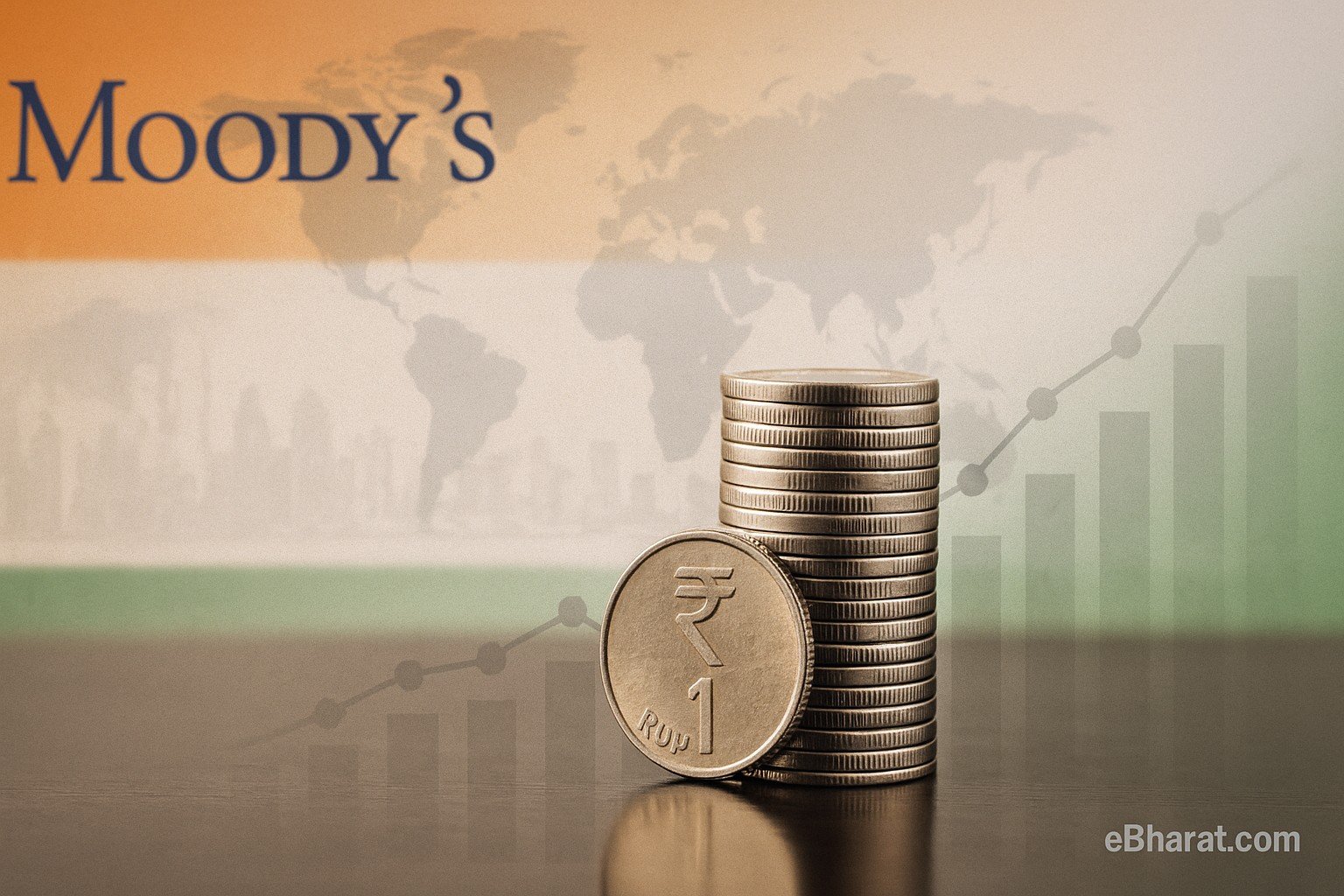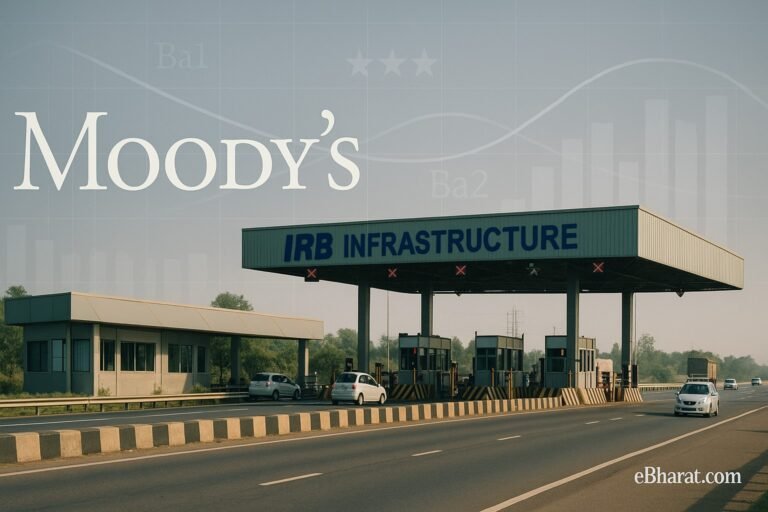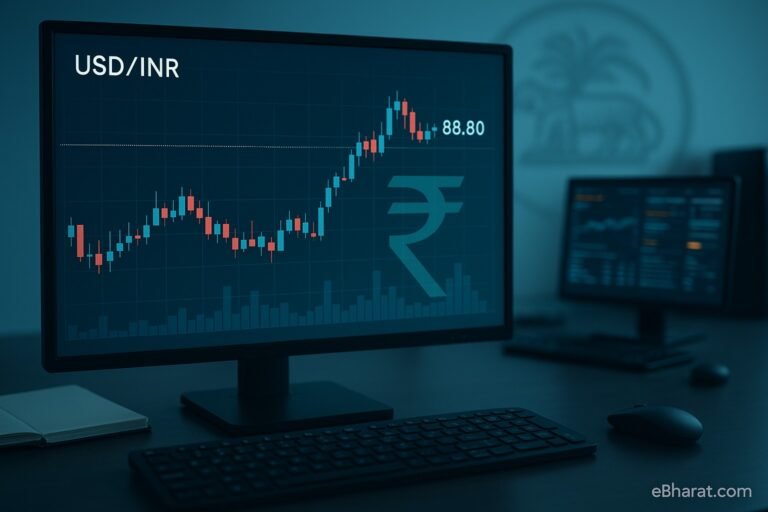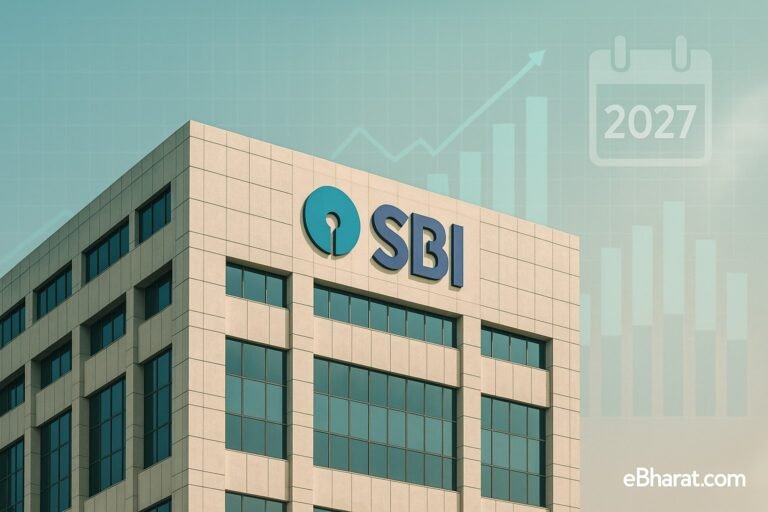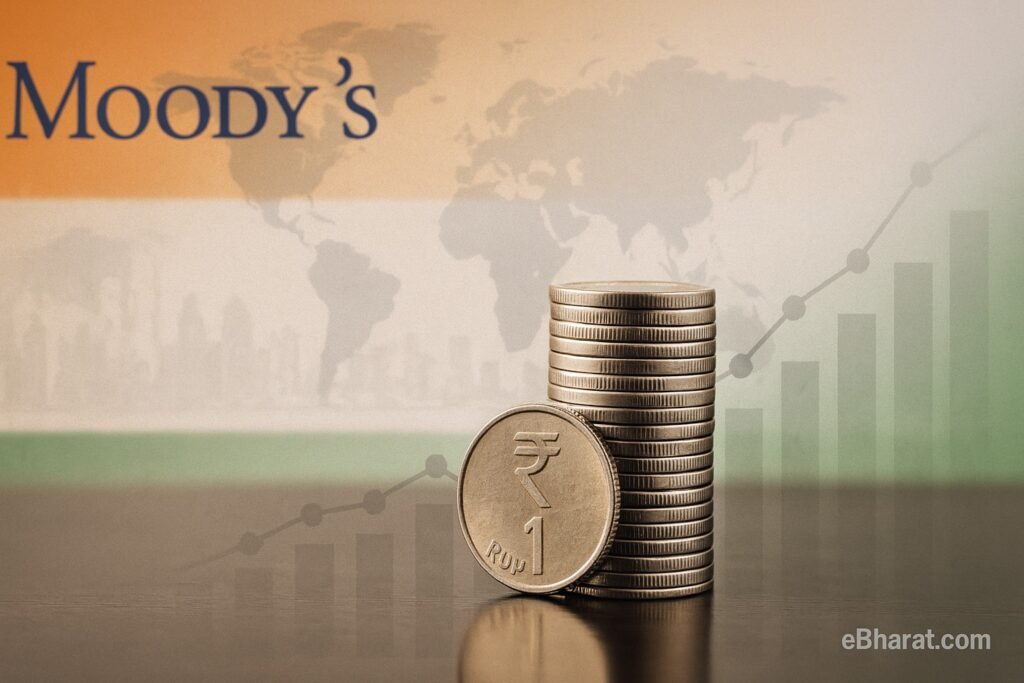
New Delhi | September 30, 2025, 17:10 IST — Filed via Moody’s press release
Global rating agency Moody’s Investors Service has reaffirmed India’s sovereign credit rating at ‘Baa3’ with a stable outlook, underscoring confidence in the country’s medium-term growth prospects while cautioning on fiscal pressures and policy execution risks.
The rating is the lowest investment-grade level, but the stable outlook signals Moody’s expectation that India’s economy will remain resilient despite global headwinds.
Key Drivers for Rating
Moody’s cited several reasons for maintaining the rating and outlook:
- Growth Resilience: India’s GDP growth is projected at 6.3–6.5% in FY26, supported by domestic demand, infrastructure spending, and a diversified services sector.
- Policy Continuity: Structural reforms in taxation, digitalisation, and financial inclusion are seen as supporting long-term productivity.
- External Buffers: India’s foreign exchange reserves, at over $640 billion, provide a cushion against external shocks.
- Institutional Strength: Independent monetary policy under the RBI and prudent regulation of financial institutions strengthen credit resilience.
Concerns Highlighted
While the outlook remains stable, Moody’s highlighted persistent challenges:
- Fiscal Deficit: India’s combined central and state government debt remains elevated at around 81% of GDP, among the highest in emerging markets.
- Narrow Revenue Base: Tax buoyancy has improved post-GST, but revenue mobilisation is still limited relative to spending needs.
- Execution Risks: Infrastructure projects and state-level reforms face implementation delays.
- Global Risks: Oil price swings, capital flow volatility, and global trade weakness could weigh on India’s external balance.
Market & Policy Reaction
The Ministry of Finance welcomed the affirmation, stating that it reflects international confidence in India’s economic fundamentals. Officials emphasised that the government remains committed to fiscal consolidation, targeting a deficit of 4.5% of GDP by FY26.
Bond yields were little changed, as markets had already priced in stable ratings. The rupee traded steady near ₹83.15 per dollar, while equity markets drew mild support from the reaffirmation.
Economists noted that while India’s investment-grade tag remains intact, further upgrades will depend on durable fiscal reforms and narrowing of debt levels.
Comparative Context
- India’s ‘Baa3’ rating is on par with peers such as Indonesia and the Philippines, but below China and Thailand.
- Among the three global rating agencies, S&P and Fitch also rate India at BBB- with stable outlook, aligning with Moody’s view.
- This uniformity suggests little risk of immediate downgrade, but also no near-term upgrade momentum.
Outlook
Moody’s expects India’s growth trajectory to remain among the fastest in the G20, backed by demographics, technology adoption, and government infrastructure push. However, the agency warned that sustained high deficits and debt levels could limit fiscal flexibility in responding to future shocks.
For investors, the reaffirmation provides comfort on India’s macro stability, though markets will watch fiscal and external balances closely.

